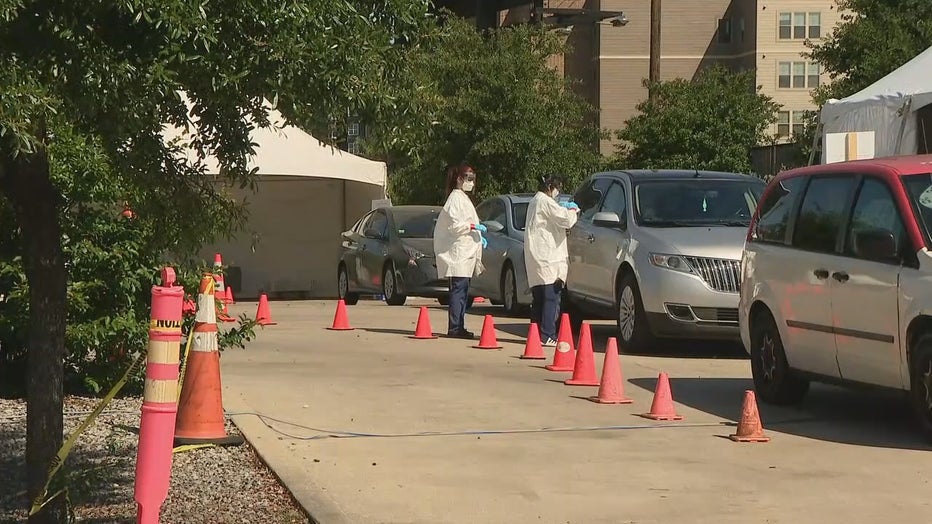UT Southwestern studying COVID-19’s disproportionate effect on minorities
UT Southwestern studying COVID-19’s disproportionate effect on minorities
A major study looking at the prevalence of COVID-19 in certain North Texas communities does not have enough participants.
DALLAS - A major study looking at the prevalence of COVID-19 in certain North Texas communities does not have enough participants.
Now, researchers are forced to change their strategy to get more people involved.
The study is supposed to help researchers determine why COVID-19 hits certain communities harder than others. But without enough people to study, so far there’s little to learn from the effort.
UT Southwestern Associate Professor Jasmin Tiro is leading the study on the disproportionate effect of COVID-19 on communities of color.
Researchers want to figure out why that’s happening, so UT Southwestern and Texas Health Resources launched a study four months ago. But recruiting participants hasn’t gone as planned.

“It’s become increasingly cognizant that we need more participants to be able to tell differences across different subgroups such as differences across racial, ethnic and social-economic groups,” said Dr. Amit Singal, UT Southwestern Principal Investigator.
Researchers sent out invitations by mail to Dallas and Tarrant County residents. They were asked to fill out a survey and get tested at one of 15 affiliated sites to determine current and prior infections.
Researchers need 30,000 participants with about two-thirds people of color. Far less have responded, but so far there is some information of value.
“We have tested over 2,000 people in this very short time period with some early data suggesting that approximately 5% or about 5 in about 100 people have been exposed to COVID-19 since the start of the pandemic in our local areas,” Dr. Singal said.
Why the lackluster participation so far?
Researchers see several contributing factors, like COVID-19 fatigue and people growing increasingly apathetic about the pandemic.
There’s also mistrust of biomedical research and other challenges associated with the initial by-mail, invitation-only outreach. They’re now recruiting volunteers. Any adult living in Dallas or Tarrant counties can participate.
“With this pivot in strategy, we feel quite confident we will be able to rapidly enroll and hit our enrollment targets over the next couple of months.” Dr. Singal said.
Researchers also want to study essential workers outside the health care industry with a goal of 14,000 tests.

